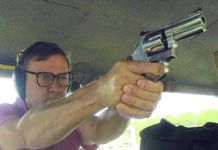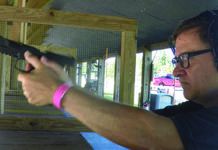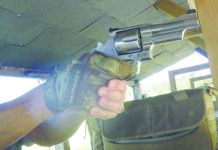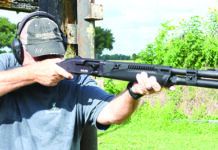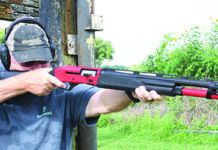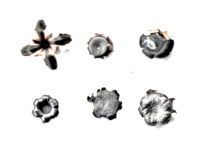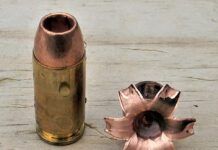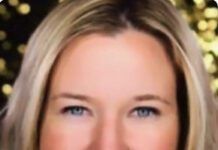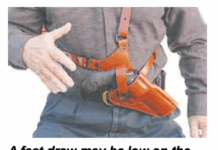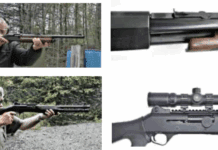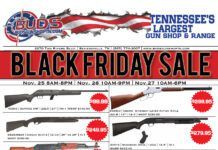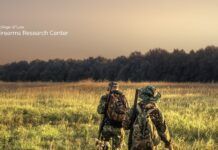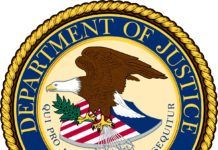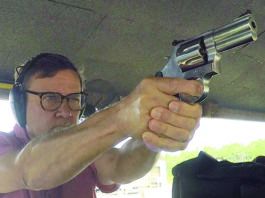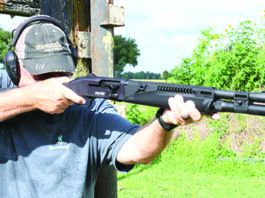Removing Deep Dents From Shotgun Barrels
Zoli Introduces New Z Series Trap Gun
Friends of NRA, Browning, Baron to offer rare Browning Citori
Current London 2012 Olympic Shooting Results
Repairing Winchester’s Model 12 Shotguns
After making 2 million Model 12s from 1912 to 1980, Winchester brought this famous shotgun back. Here's what to look for in the newer one.
P-12 Returns FNH USA to Pump Shotgun Market
Inexpensive Fixes For Savage/Stevens 311s
Different Firing Pin Designs: What They’re Called, How They Work
Everybody knows firing pins detonate primers, but not everyone can define esoteric aspects of these parts.
Gould Brothers Exhibition Team Joins the Winchester Repeating Arms Pro Staff
GunAuction to Watch: Franchi LAW-12 “Evil Assault Shotgun”
Beretta 686 Silver Pigeon 28 Gauge
Particularly among the hunting crowd, who like to pit their wingshooting skills against those gray ghosts of fall — darting and diving aerobatic mourning doves and their white-winged cousins — more and more 28s are replacing their larger 20- and 12-gauge cousins. There is still a time and a place for big guns, but a growing number of hunters and clay target shooters are finding out that a smaller gauge can mean more shooting with less punishment.



